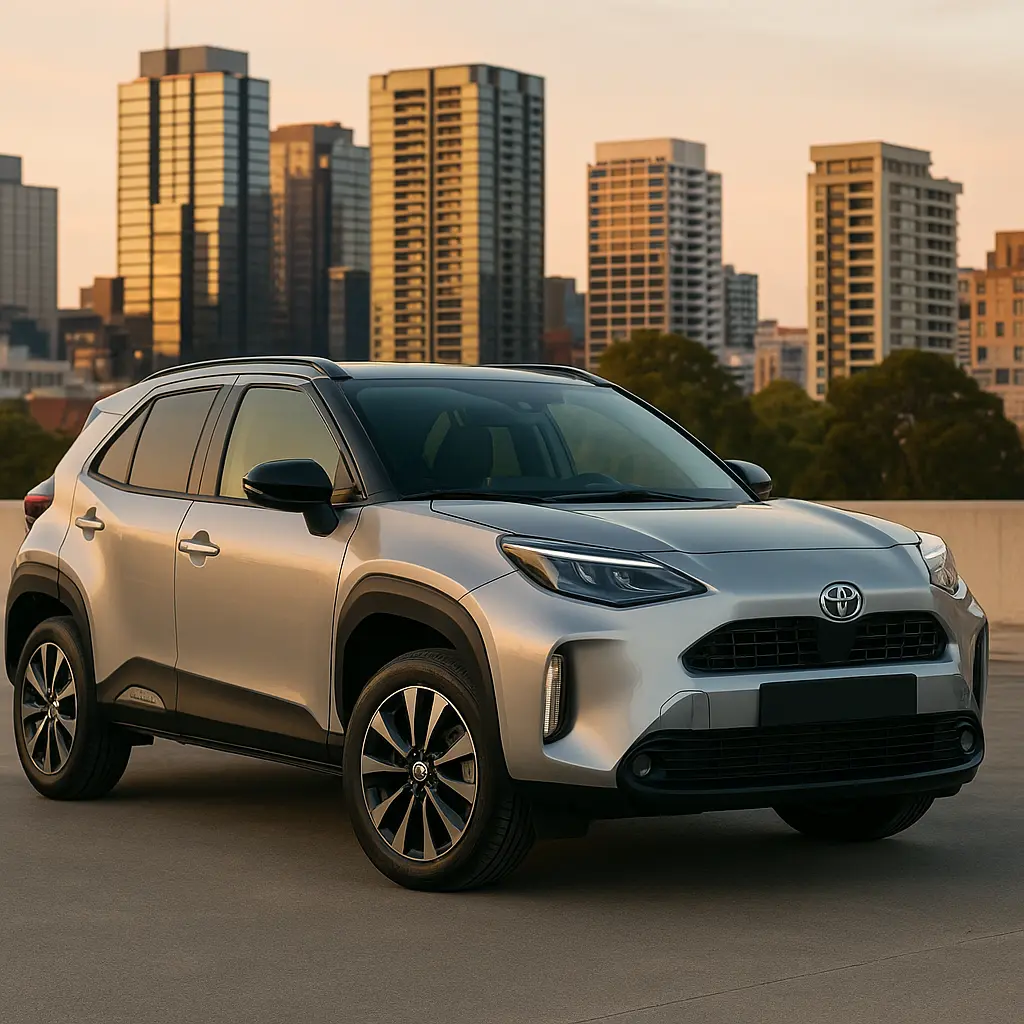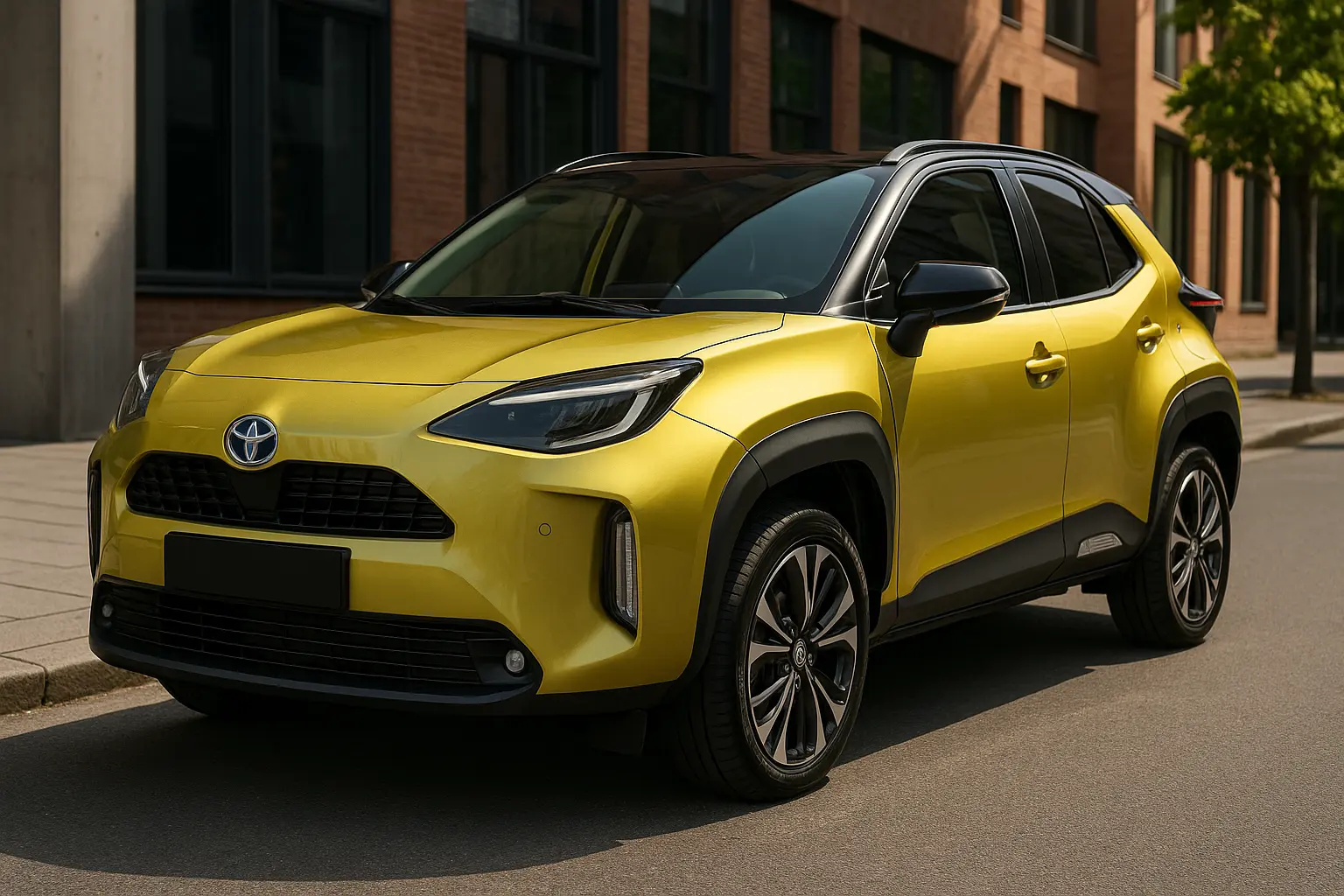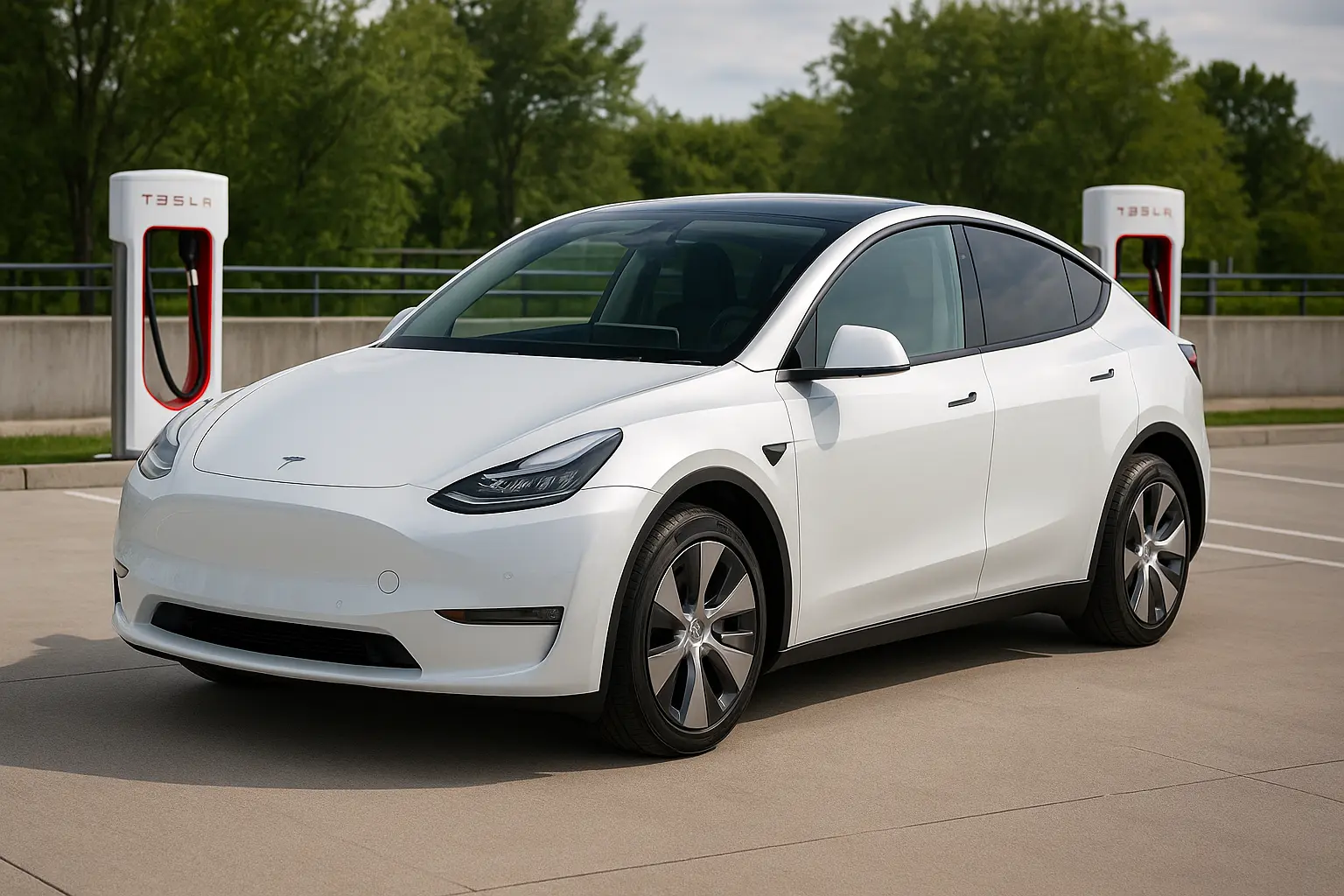The compact SUV market in Australia has exploded over the past few years, with buyers shifting from traditional hatchbacks and sedans to higher-riding, more versatile models. Among the frontrunners in this category is the Toyota Yaris Cross, a car that blends Toyota’s proven hybrid technology with the everyday practicality of a small SUV.
The 2025 Toyota Yaris Cross arrives as a refreshed model, bringing improved efficiency, updated styling, and enhanced technology aimed squarely at urban Australians who want an eco-friendly, compact SUV that still has enough room for weekend getaways.
This in-depth review explores everything you need to know about the Yaris Cross – from its design and interior to performance, safety, and ownership experience – so you can decide whether it deserves a spot in your garage.

The Rise of the Compact Hybrid SUV in Australia
Over the past decade, Australian cities have seen a dramatic rise in small SUVs. Buyers who once chose hatchbacks like the Toyota Corolla or Mazda3 are now looking to compact SUVs for their higher driving position, versatile cargo space, and rugged styling.
At the same time, the push towards greener motoring has driven demand for hybrids and EVs. Toyota, already a pioneer in hybrid tech with the Prius and Corolla Hybrid, has seized the opportunity by offering hybrid drivetrains in nearly all its passenger vehicles – including the Yaris Cross.
The Yaris Cross isn’t just a taller Yaris hatchback. Instead, it’s designed as a mini urban SUV, perfect for navigating narrow streets, fitting into tight parking spots, and delivering excellent fuel efficiency.
Exterior Design – A Stylish Urban Statement
Toyota has given the 2025 Yaris Cross subtle but meaningful exterior updates. The car now features:
Sharper LED headlights with a sleeker daytime running light signature.
A revised grille and bumper design, giving it a bolder SUV stance.
New two-tone colour options, combining vibrant urban shades with contrasting black roofs.
Redesigned 17-inch and 18-inch alloy wheels, depending on the trim.
The proportions remain compact – measuring around 4.2 metres in length – which means the Yaris Cross is smaller than a Toyota Corolla Cross but larger than the Yaris hatchback. This sweet spot makes it highly maneuverable in city environments while offering a more commanding view of the road.
From the side, the rising beltline and flared wheel arches add a sporty edge, while at the back, slimmer tail lamps and a tidier bumper design make it look more premium than before.
Interior & Cabin Experience
Step inside the Yaris Cross, and you’ll notice that Toyota has focused on making the cabin more refined for 2025.
Seating & Space
The Yaris Cross seats five passengers, though realistically, it’s best suited for four adults.
The front seats are supportive with improved cushioning for longer commutes.
Rear legroom remains tight for taller passengers, but headroom is reasonable thanks to the SUV roofline.
Cargo & Practicality
One of the Yaris Cross’s biggest strengths is practicality.
The boot offers around 390 litres of space, expanding to over 1,100 litres with the rear seats folded.
Dual-floor boot options allow for hiding valuables or expanding vertical storage.
Wide-opening rear doors and a low boot lip make loading groceries or luggage easier than in many rivals.
Technology & Infotainment
Toyota has finally addressed criticism of its infotainment systems. For 2025:
An upgraded 10.5-inch touchscreen is now standard on higher trims.
Wireless Apple CarPlay and Android Auto are included.
A crisp 7-inch digital driver’s display provides hybrid system data, speed, and navigation prompts.
USB-C ports and wireless charging pad are available.
The overall cabin feel is functional rather than luxurious, with plenty of soft-touch materials balanced against durable plastics designed to handle everyday use.
Powertrain & Hybrid Efficiency
The real star of the Yaris Cross is its hybrid system.
Hybrid Engine
The 2025 model continues with Toyota’s 1.5-litre three-cylinder petrol engine paired with an electric motor.
Combined output is around 85kW, which is modest but adequate for urban driving.
Toyota’s e-CVT transmission ensures smooth, seamless acceleration.
Fuel Economy
This hybrid system shines in stop-start city conditions, where the electric motor can handle low-speed driving.
Toyota claims 3.8–4.0L/100km fuel economy, making it one of the most fuel-efficient small SUVs in Australia.
CO₂ emissions are significantly lower than comparable petrol-only rivals.
Driving Dynamics
In the city: The Yaris Cross feels nimble and responsive, with light steering and a tight turning circle.
On highways: It remains stable, though overtaking power is limited compared to turbocharged rivals.
Ride comfort: Suspension is tuned for urban bumps, absorbing speed humps and rough patches well.
While not a performance SUV, the Yaris Cross prioritises smoothness and efficiency – exactly what most city buyers want.
Safety & Driver Assistance
Toyota has equipped the 2025 Yaris Cross with the latest Toyota Safety Sense suite. Standard safety features include:
Autonomous Emergency Braking with pedestrian and cyclist detection.
Adaptive Cruise Control with stop-and-go functionality.
Lane Trace Assist with lane-keep steering.
Blind Spot Monitoring and Rear Cross-Traffic Alert on higher trims.
360-degree camera option for easy parking.
The Yaris Cross has consistently scored highly in crash safety ratings, making it a reassuring choice for young families and first-time buyers.
Trim Levels & Variants in Australia
For 2025, Toyota Australia is expected to offer several trims, typically:
GX (Base): Affordable entry point with cloth seats, 8-inch screen, and hybrid efficiency.
GXL (Mid): Adds larger screen, alloy wheels, and more advanced safety tech.
Urban (Top): Features leather-accented seats, bigger alloys, premium audio, and two-tone paint options.
Toyota may also introduce a GR Sport variant with sportier styling and suspension tweaks, though still hybrid-only.
Fuel Efficiency vs Competitors
The Yaris Cross Hybrid is among the most efficient in its class. Competitors include:
Mazda CX-3: Stylish but no hybrid option; fuel economy around 6.3L/100km.
Hyundai Kona Hybrid: Similar efficiency, though slightly larger and pricier.
Honda HR-V e:HEV: More powerful but costs more.
Nissan Juke: Turbo petrol only, less efficient than Yaris Cross.
For buyers who prioritise running costs, the Yaris Cross remains one of the best choices.
Ownership Costs & Reliability
Toyota has built a reputation for bulletproof reliability, and the Yaris Cross should be no exception.
Warranty: Toyota offers a 5-year/unlimited-km warranty, with up to 7 years if serviced on schedule.
Hybrid battery warranty: Covered for 10 years with annual hybrid system checks.
Servicing: Capped-price servicing makes it affordable to maintain.
Resale value: Strong, thanks to Toyota’s reputation and demand for hybrids.
Insurance premiums for the Yaris Cross are generally lower than larger SUVs, making it an attractive option for younger city buyers.
Who Should Buy the Toyota Yaris Cross?
The Yaris Cross is not for everyone. It’s best suited to:
Urban professionals who want a stylish, eco-friendly commuter car.
Small families or couples needing extra space compared to a hatchback.
First-time SUV buyers looking for Toyota’s hybrid reliability.
Eco-conscious drivers wanting low fuel costs without jumping to full EVs.
If you need high performance, large towing capacity, or lots of rear seat space, larger SUVs like the Corolla Cross, RAV4 Hybrid, or competitors like the Kia Seltos may be better suited.
Final Verdict – Is the 2025 Toyota Yaris Cross Worth It?
The 2025 Toyota Yaris Cross continues to build on its strengths as one of the most practical, efficient, and stylish compact SUVs for Australian urban life.
Its hybrid powertrain delivers outstanding fuel savings, its compact dimensions make city driving a breeze, and Toyota’s strong reliability record adds peace of mind. While it’s not the most spacious or powerful small SUV, it strikes a balance that few competitors match.
For buyers who value efficiency, practicality, and everyday ease of use, the Yaris Cross is an excellent choice – and one of the best hybrid small SUVs you can buy in 2025.
Leave a comment
Your email address will not be published. Required fields are marked *




















